Choose your own pathways as you explore the different geographic zones of the Arboretum, this May. Our Arboretum Manager has selected, and marked with engraved numbered labels, this months highlights.
Download your printable version here or help support our charity and conserve resources by bookmarking this page for your visit or scanning the QR code at the Kiosk.
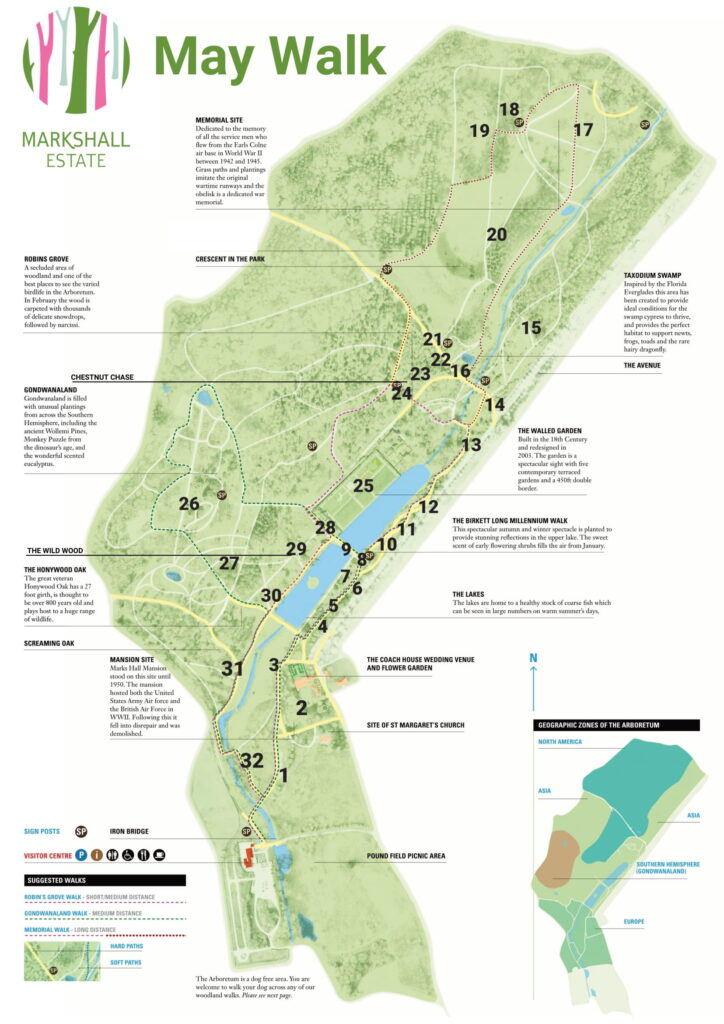
- Prunus avium ‘Plena’
Although still young these are one of the loveliest flowering cherries with masses of drooping, double white flowers.
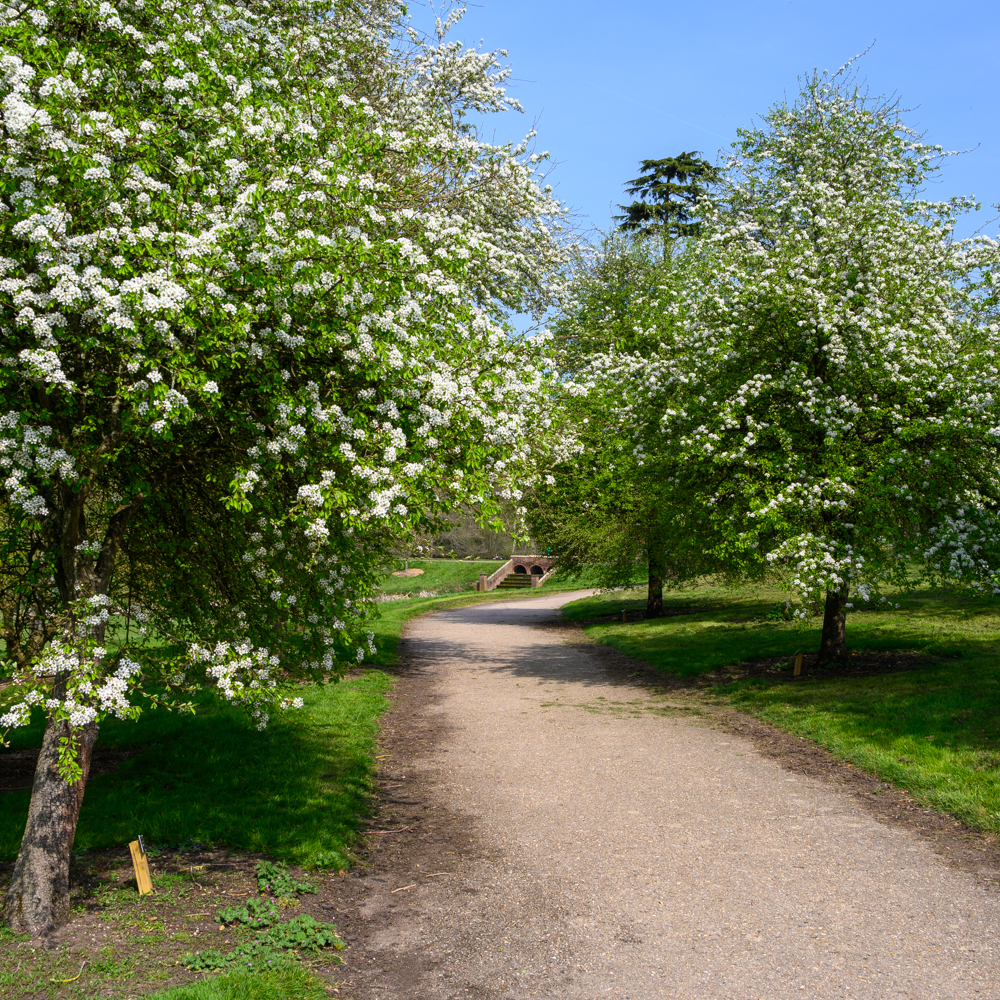
2. European Pear collection
A collection of several varieties of ornamental flowering pears. Although all covered in white blossom, leaf and fruit sizes differ.
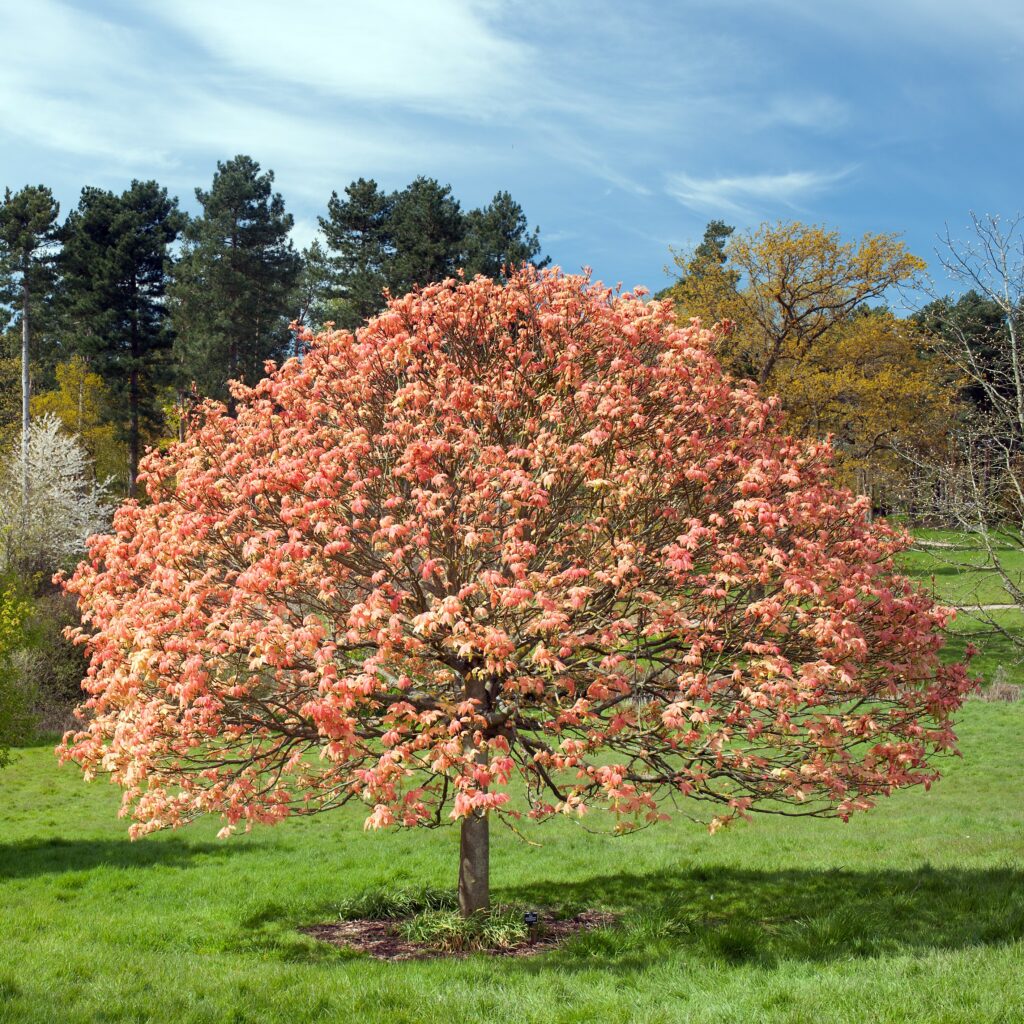
3. Acer platanus ‘Brilliantissimum’
The young leaves on this tree turn from an unmistakable shrimp pink through to yellow-green later in the year.
4. Eucommia ulmoides
A vigorous and ornamental Chinese tree. The only deciduous and hardy tree known to produce rubber.
5. Meliosma veitchiorum
A rare, slow growing tree most remarkable for its very large pinnate, red stalked leaves. This particular tree was propagated from the original introduction to the country by Ernest Wilson.
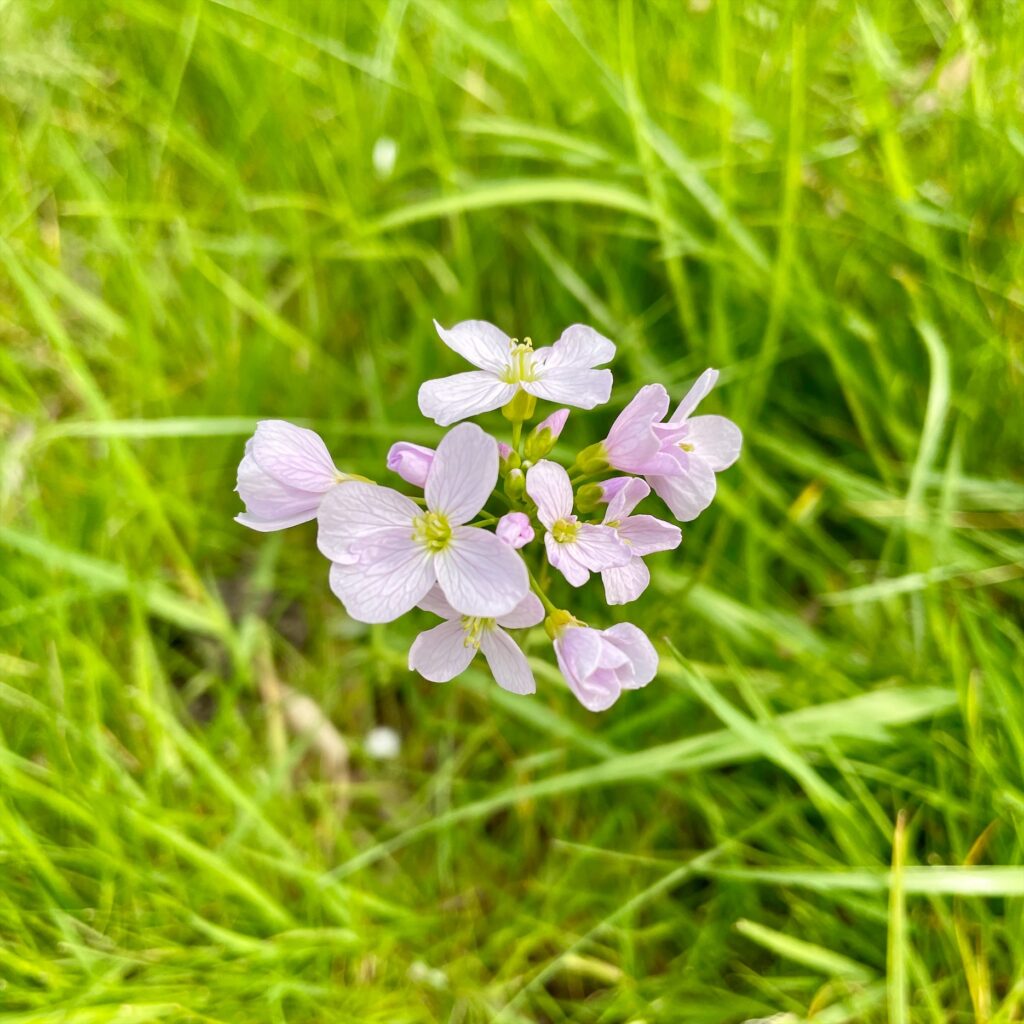
6. Cardamine pratensis
‘Cuckoo Flower’, or ‘Ladies Smock’. This is a food plant of the Orange-Tip butterfly. Only male butterflies have the orange patches on their wings, the females are small and white.
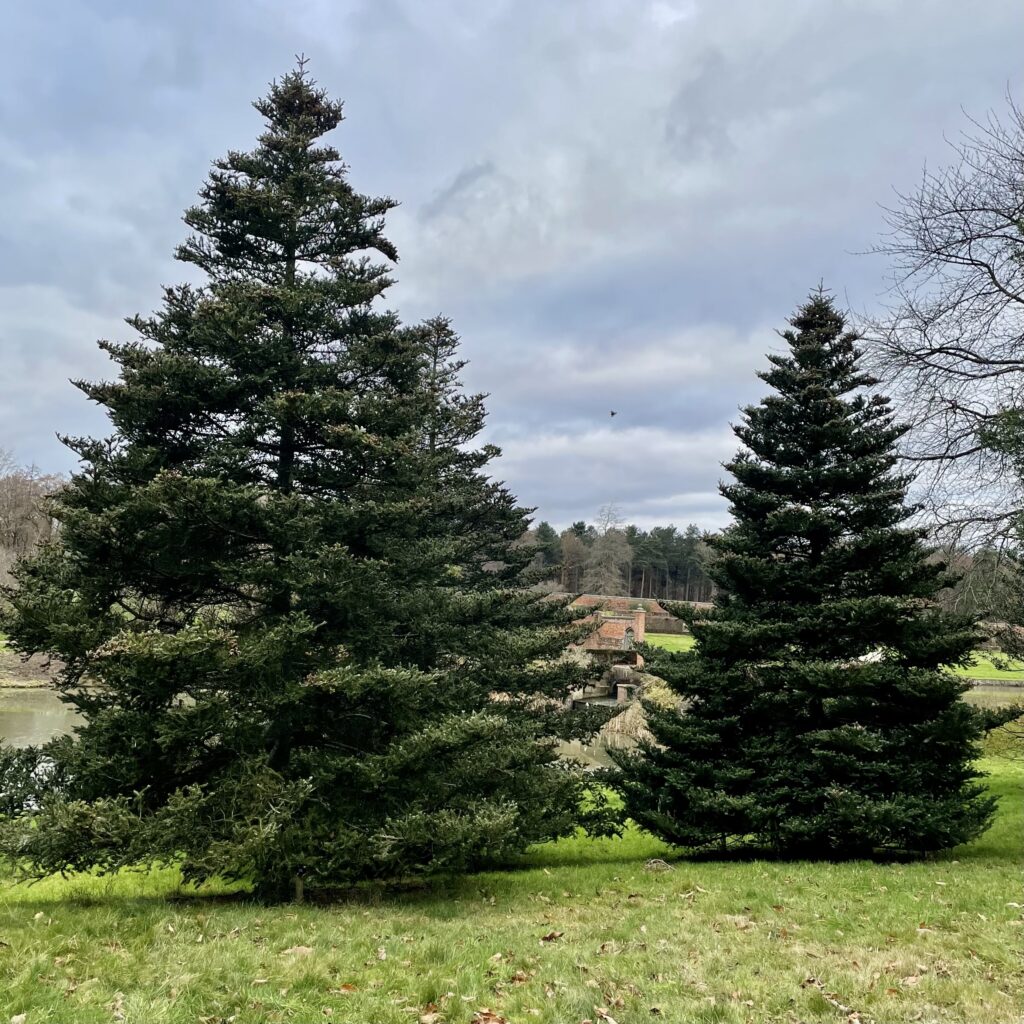
7. Abies koreana
A small, slow growing tree with a neat habit. The new cones which are just forming will soon turn violet/purple and very much worth keeping an eye on.
8. Phyllostachys aurea
A graceful bamboo forming thick A graceful bamboo forming thick clumps. Known as ‘Yellow Bamboo’ or ‘Fishpole Bamboo’ it produces new shoots in May (look closely and you may spot them) which can grow up to 6ft in its first growing season.
9. Scent on the Dam
Take the opportunity to have a good sniff of the Viburnumx carlcephalum!
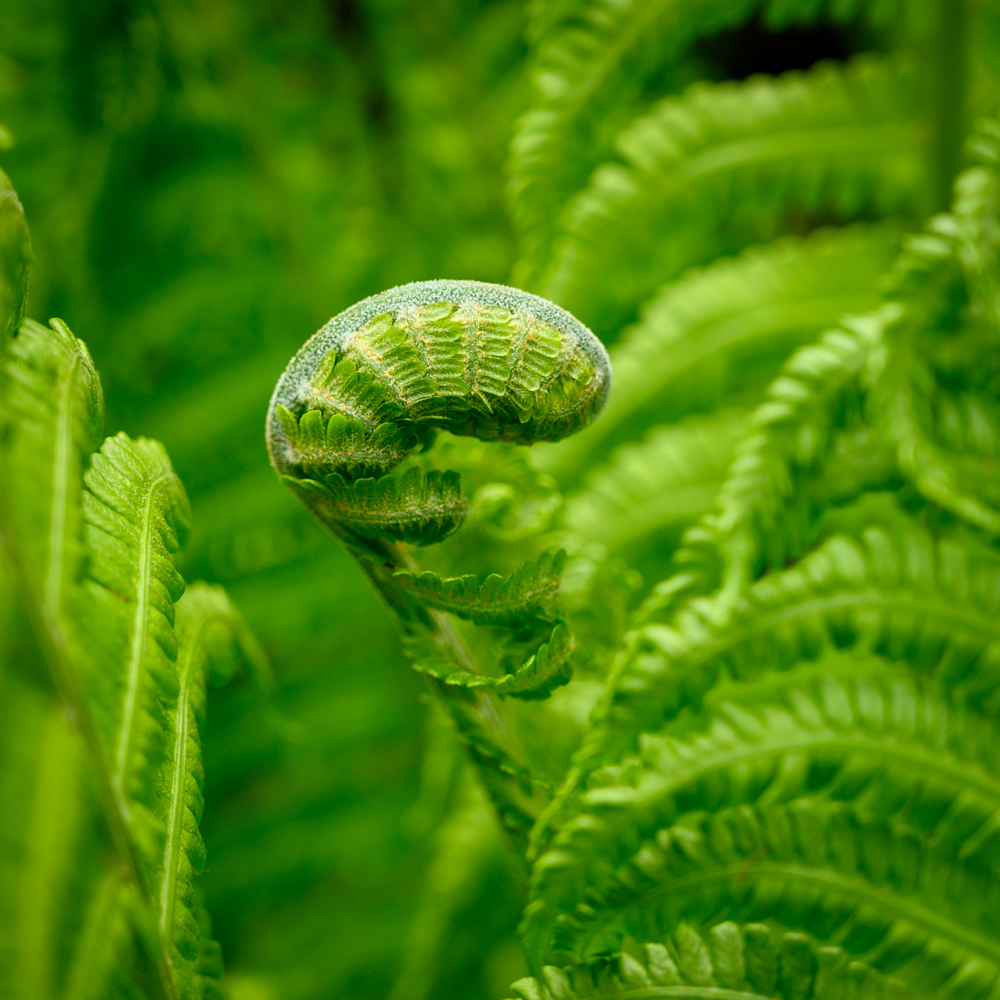
- Matteuccia struthiopteris The ‘Shuttlecock Fern’. Favouring shady conditions, this fern produces bright green, ostrich like plumes make this hardy fern very attractive.
11. Viburnum plicatum ‘Mariesii’
This wide spreading shrub has a very distinct mode of branching, almost producing layers. In May/June the creamy white flowers give the effect of a snow laden bush.
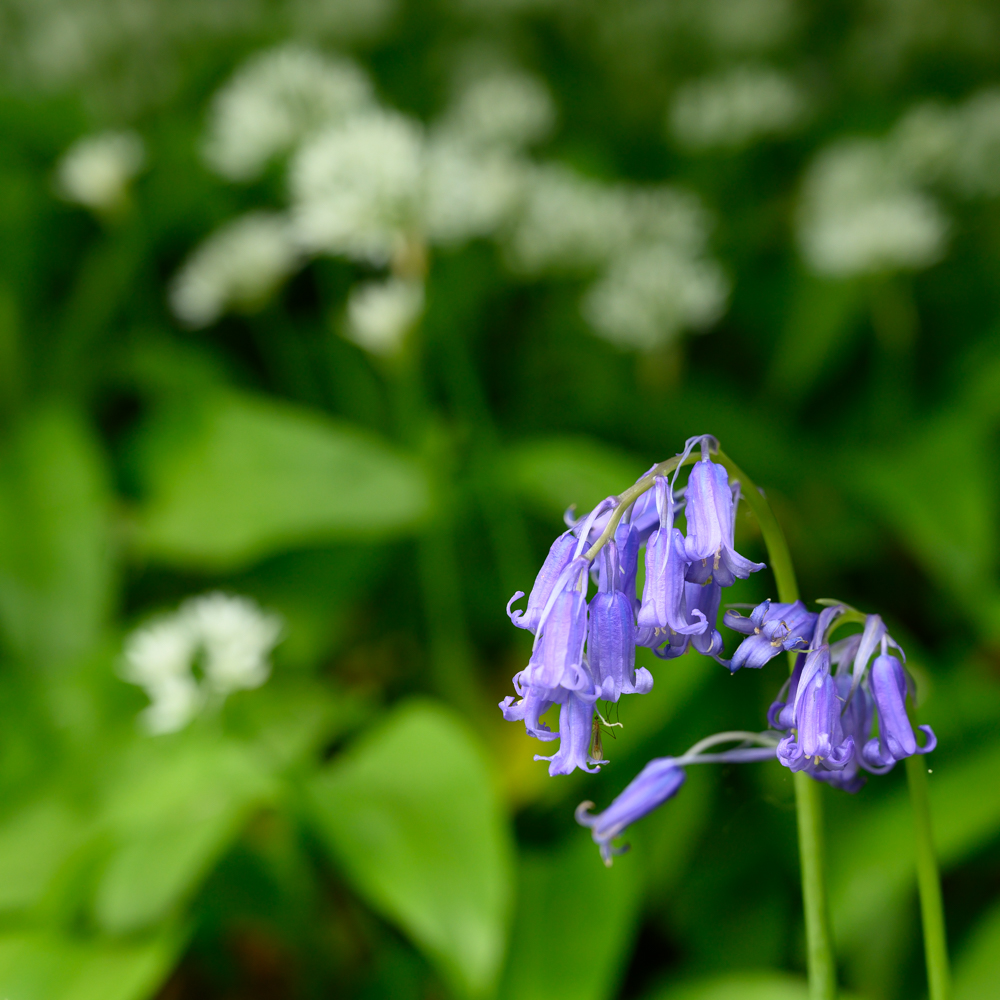
- Bluebell display
When creating the Winter Walk in 1999/2000 no native wildflowers were planted. The bluebells you see had laid dormant in the soil just waiting for the right conditions to flourish. As were the primroses and wood anemone that you can also see.
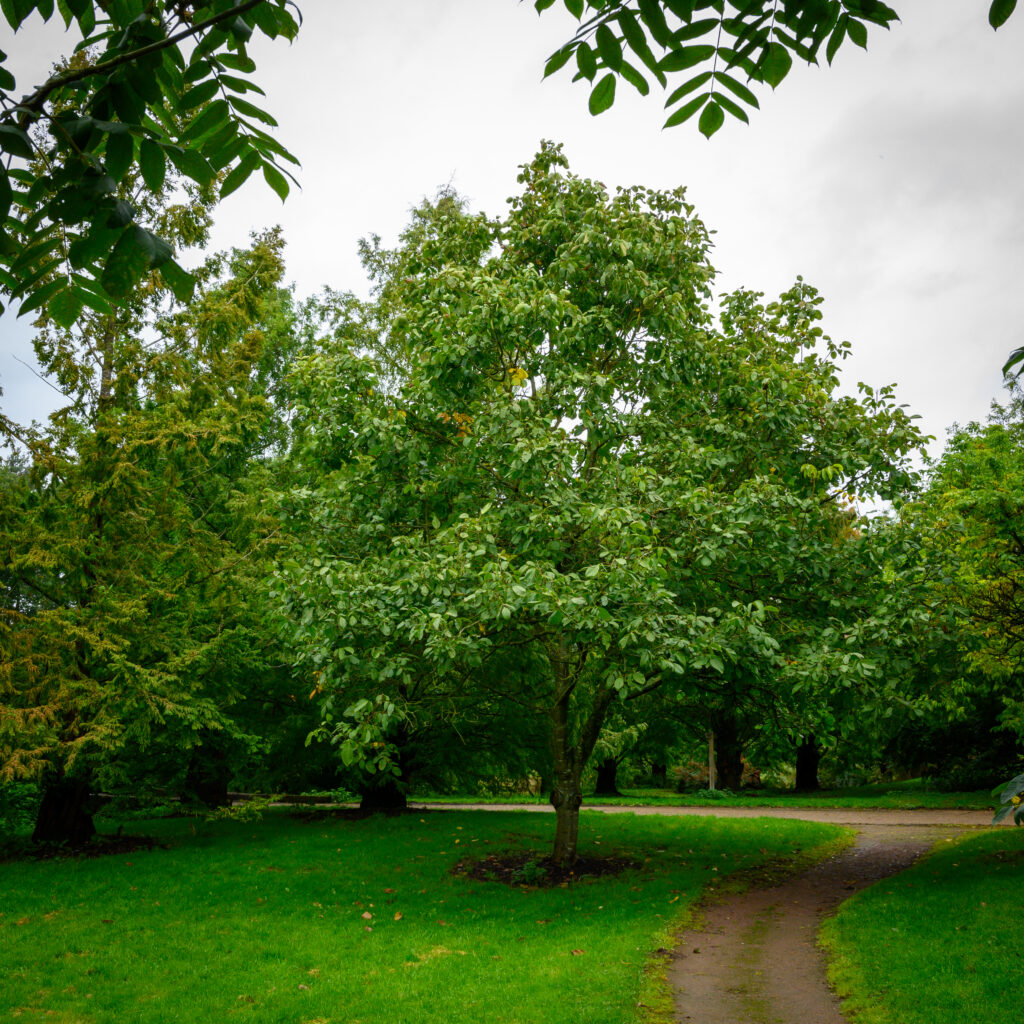
- Juglans regia ‘Monophylla’
The first of our National Champion trees.*
14. Koelreuteria paniculata
The ‘Golden Rain Tree’.
New shoots are flushed pink which turn green then eventually yellow in Autumn. Yellow flowers in summer are followed by bladder like fruits.
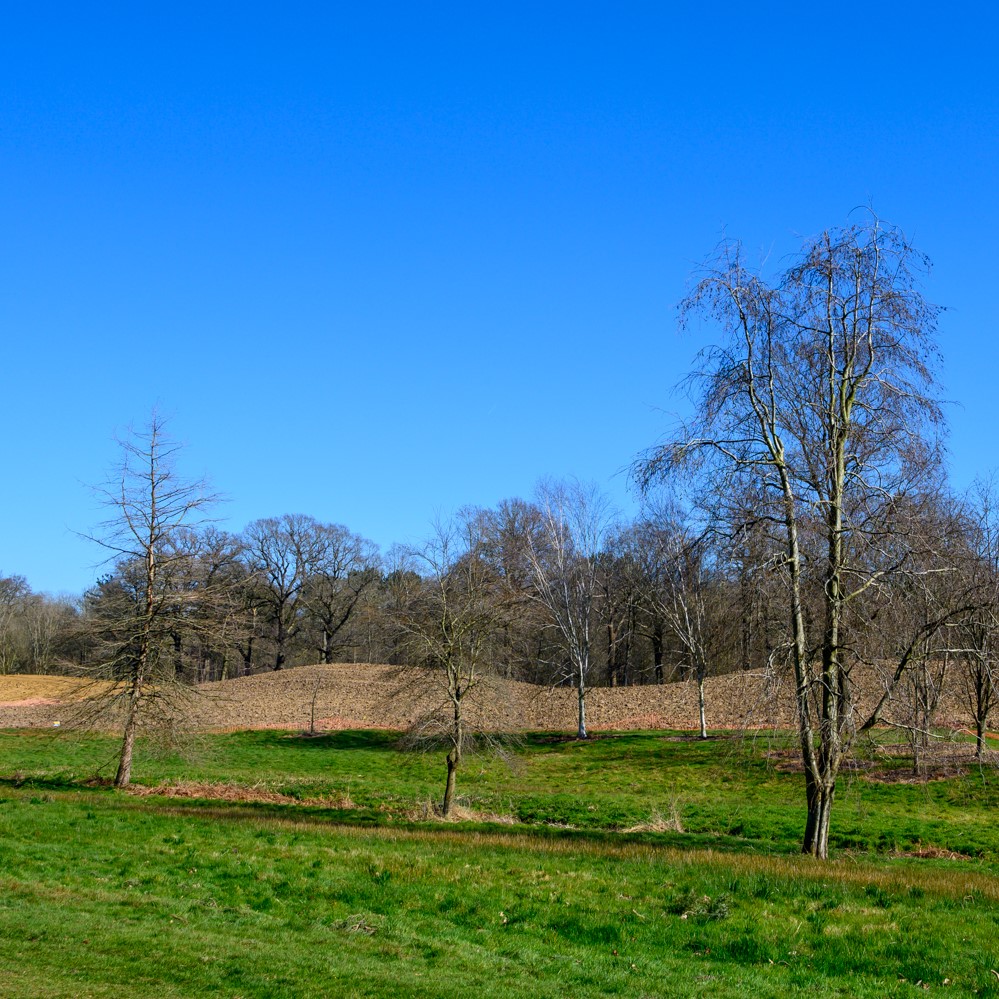
- Himalayas
Under development we are cultivating the ground ready for planting with Asian species of tree and shrub.
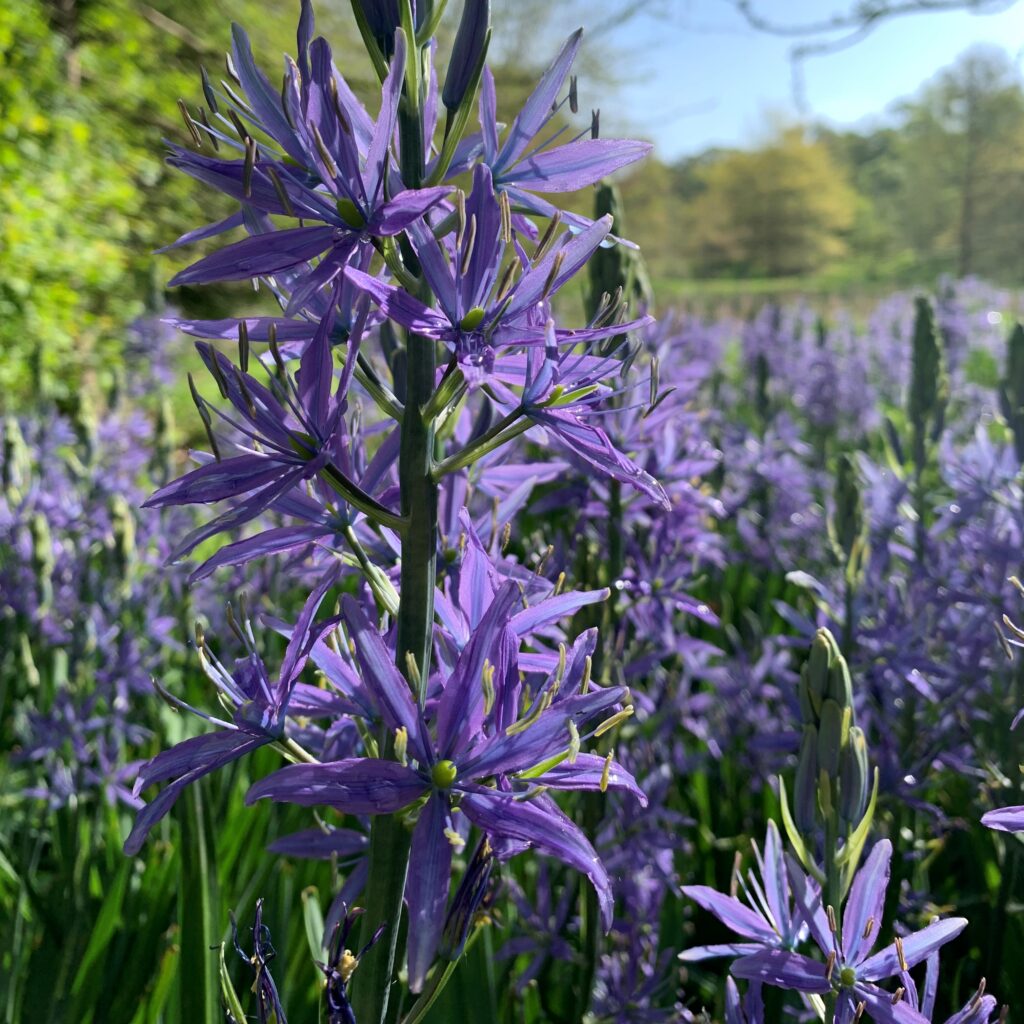
- Cammassia
Native to wetlands in North America and ideally suited here next to our Taxodium Swamp.
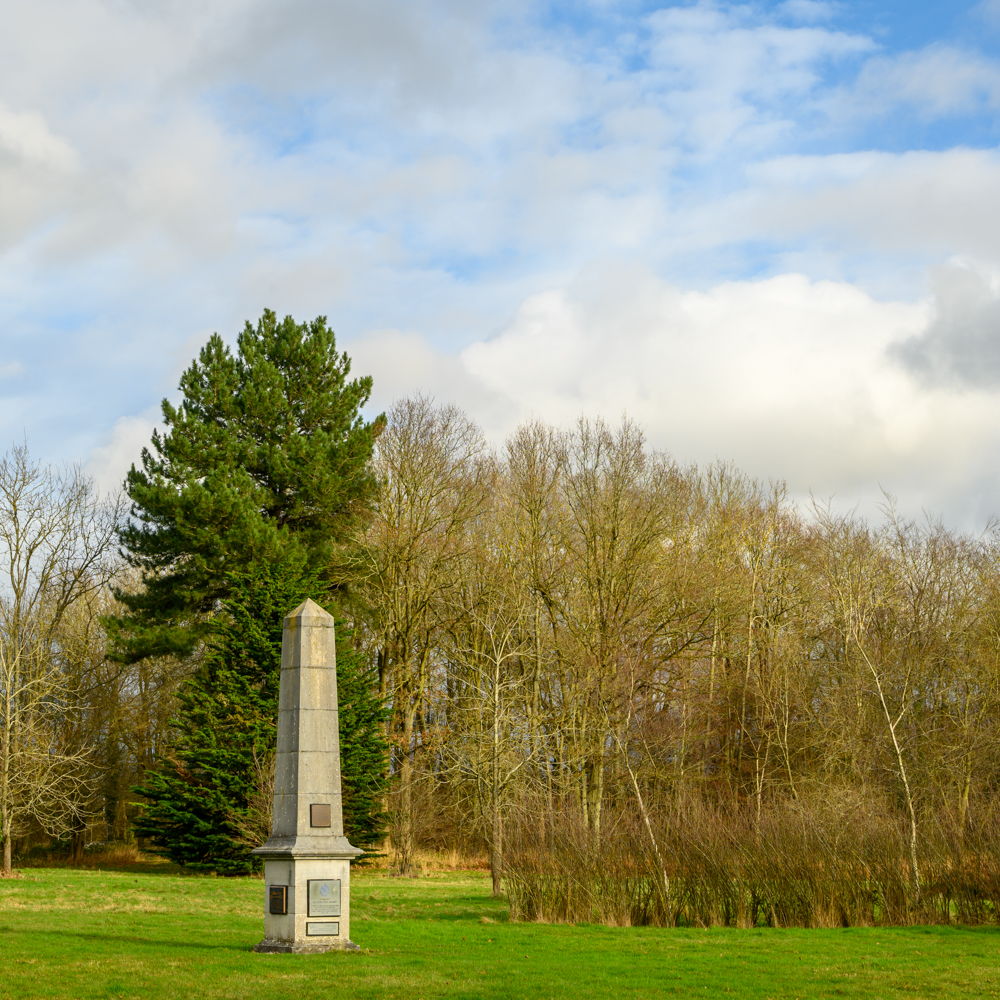
- Memorial Site
Home to the Memorial to the Glider Pilot Regiment, this was chosen for the Memorial Site as it housed the aircrew briefing rooms during WW2.
18. Pseudotsuga menziesii – the ‘Douglas Fir’.
The large fastest growing North American conifer. These here are just 60 years old. If the sun is out the new growth is very fragrant.
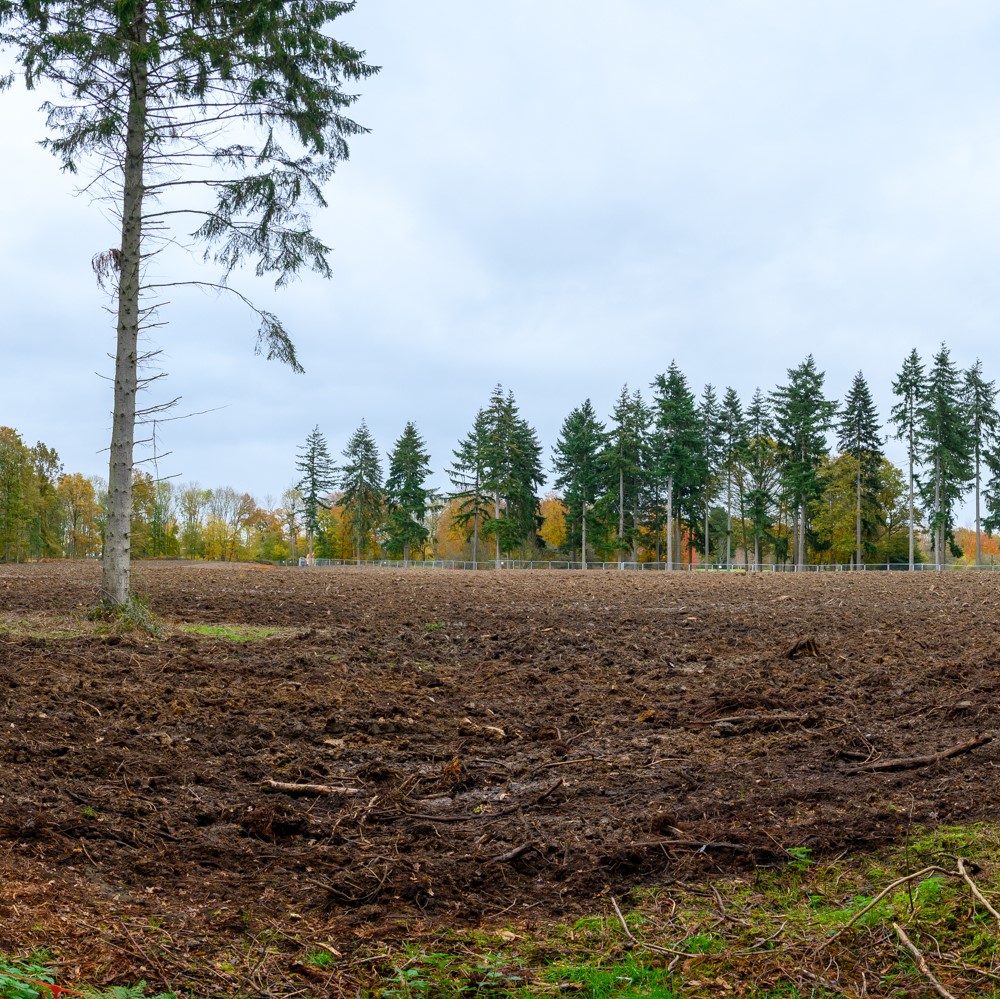
- Death Valley
Another area under development.
We are cultivating this area ready for planting with North American species of plant. The ‘lake’ will hold water in the winter months and dry out in the summer creating a ‘death valley’ feel.
20. Acer macrophyllum – also known as the ‘Oregon Maple’.
This handsome tree has the largest leaves of any maple. They turn bright orange in Autumn.
21. Fothergilla major
These North American shrubs are related to ‘Witch Hazels’. They were introduced to this country by Essex nurseryman Mr Fothergill.
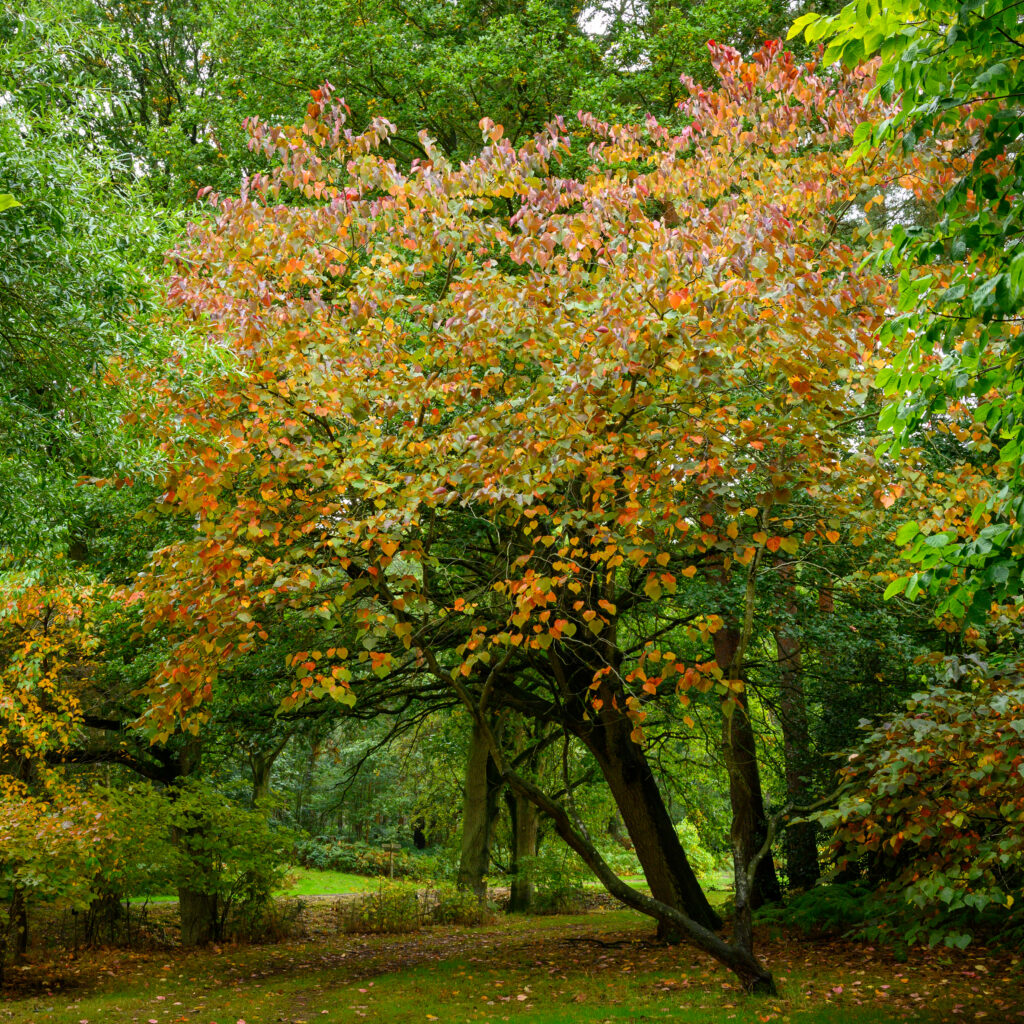
- Cercis canadensis
The North American ‘Redbud’.
The second of our National Champion trees.*
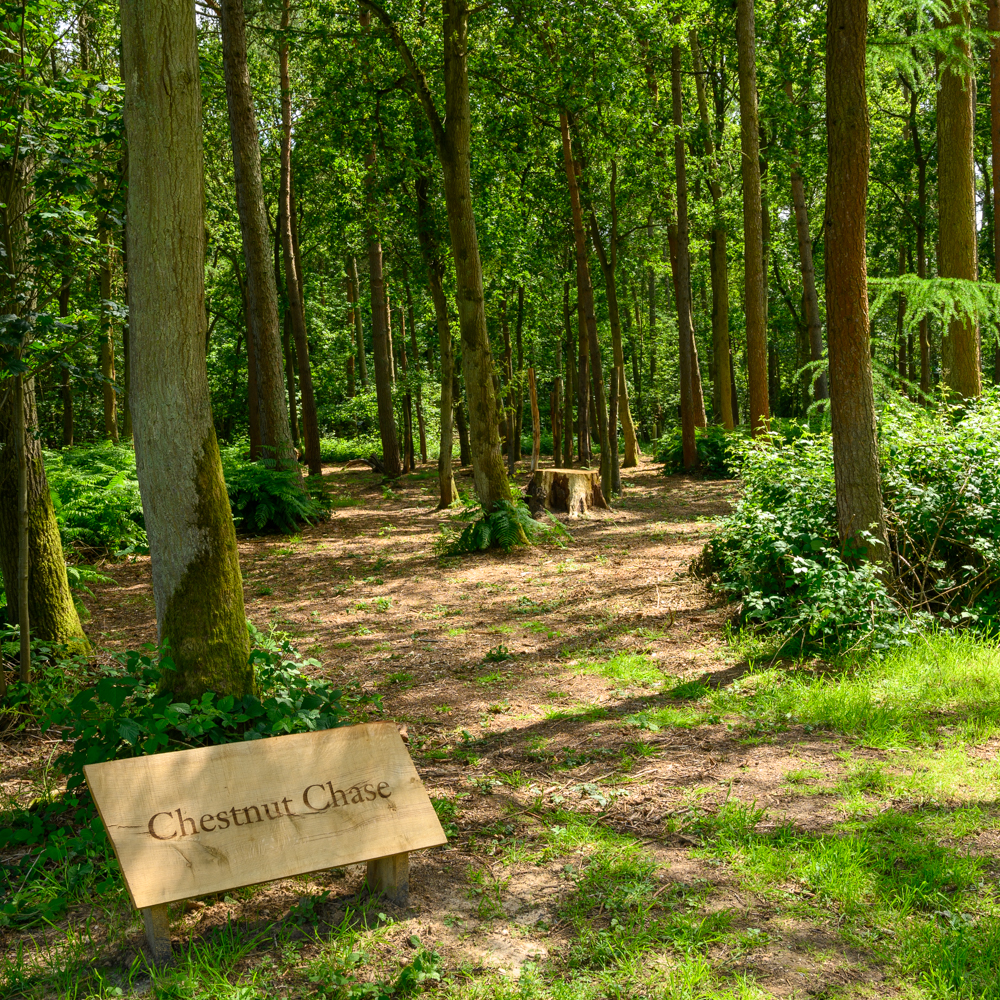
- Chestnut Chase Natural play area, created using materials from the Estate.
24. Cornus – North American ‘Dogwoods’.
These elegant shrubs are widespread in America and each flowerhead has 4 conspicuous white petal-like bracts.
Although they look like a flower, they are in fact leaves.
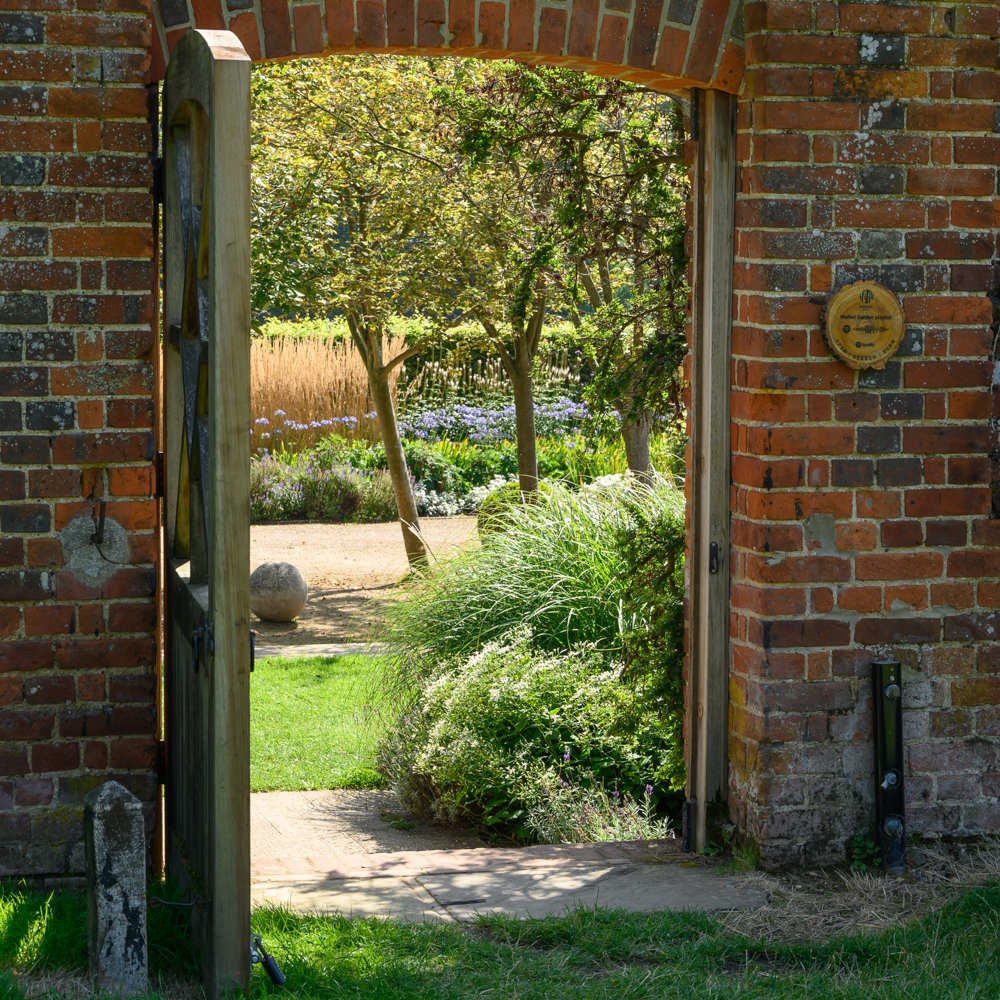
- Walled Garden
Visit the Walled Garden to walk the longest herbaceous border in Essex and marvel at the planting scheme throughout.
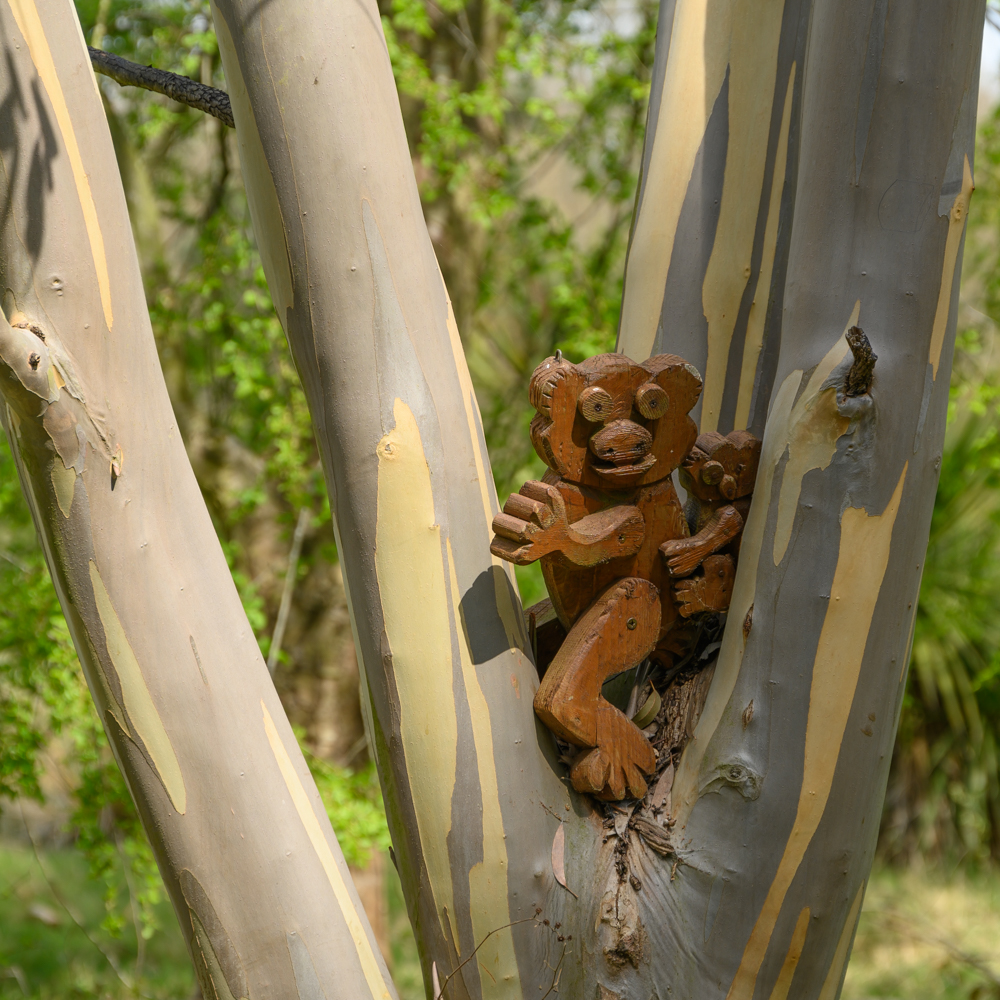
- Gondwanaland
Home to a mass planting of Eucalpytus, Auracaria and the largest collection of Wollemi pines in the country. Also, Gondwanaland is home to our 3rd National Champion tree, Eucalyptus pauciflora subsp debeuzevillei.*
27. Pterostyrax corymbosa
A small, rare tree from Japan. Flowers sweetly scented.
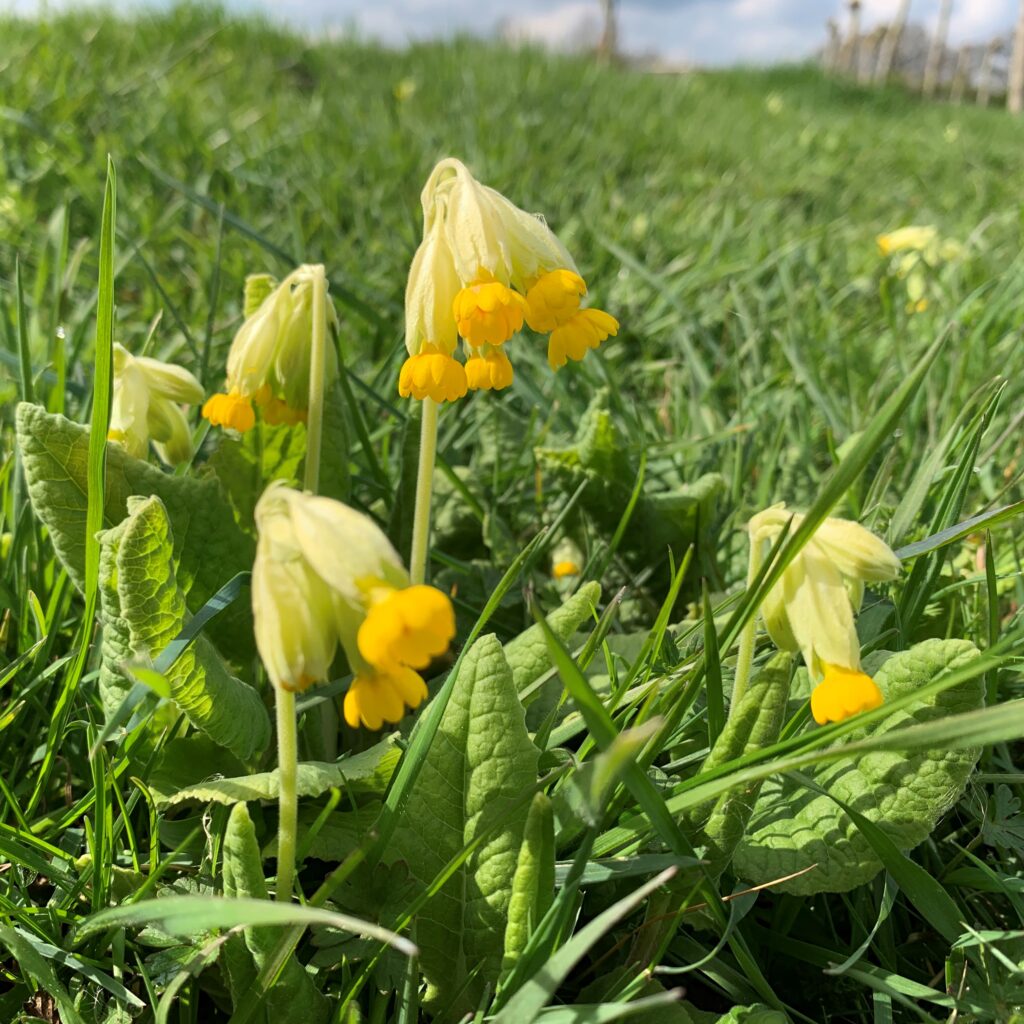
- The Nuttery
This area is managed for its wildflowers and is reaching its peak now with the Cowslips.
The grass will be cut at the end of July and clippings removed allowing the seed to drop into the sward.
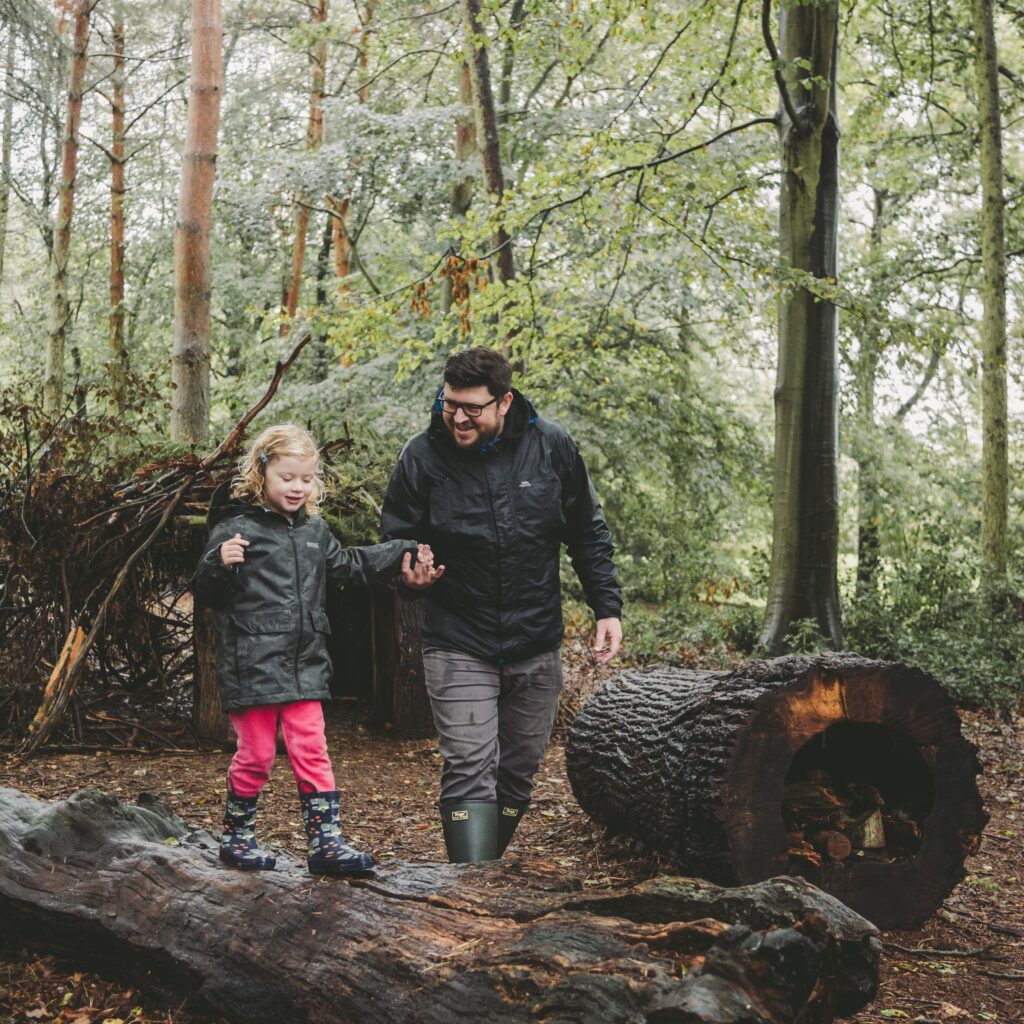
- The Wild Wood Natural play area, created using materials from the Estate.
30. Malus sieboldii
A small semi weeping Japanese crab apple.
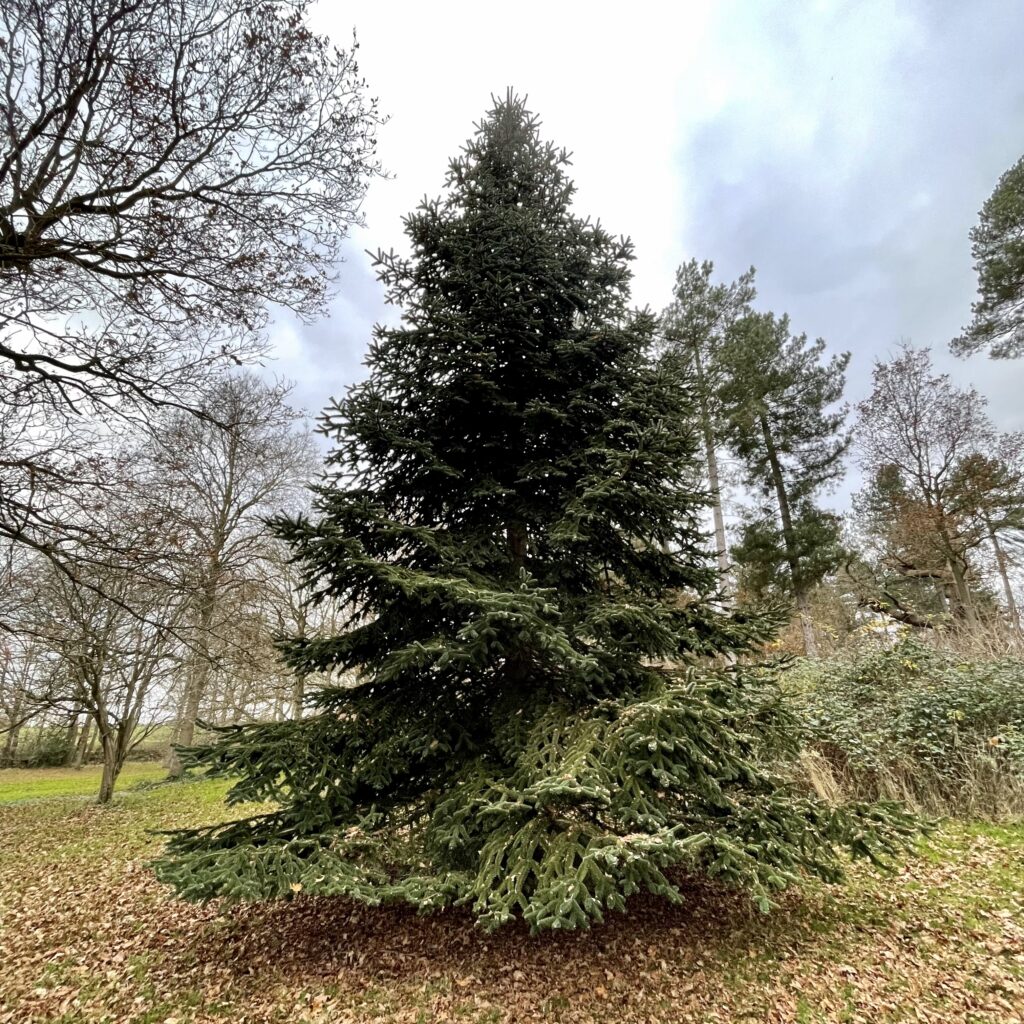
- Abies numidica
Critically endangered in their native habitat of the Atlas Mountains.
32. Salix alba ‘Britzensis’
Planted for their bright orange/red springs in the winter months. These are pruned hard back to the ‘knuckle’ in March and can put up to 8ft of growth in a season.
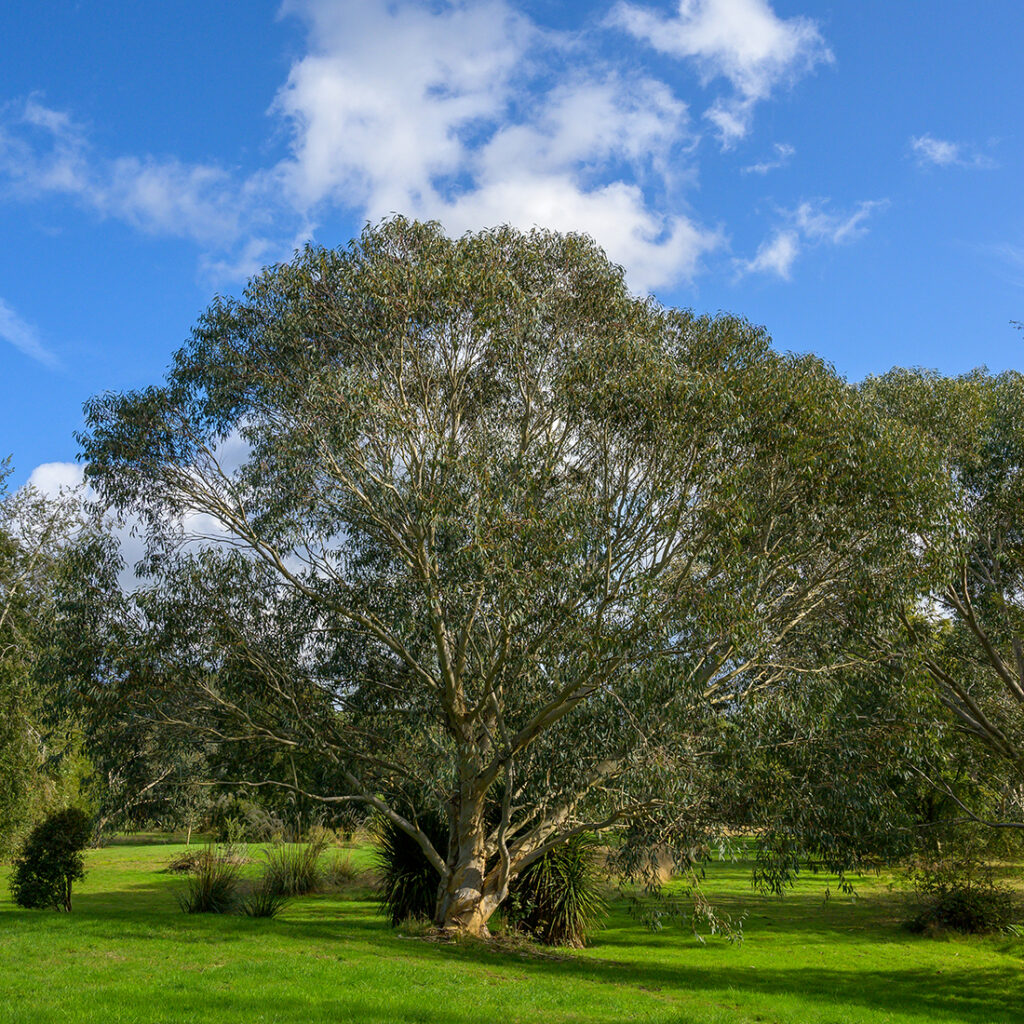
*National Champion Trees are the UK’s most notable trees. The trees are measured for height and girth (a measurement defined as 1.5m above ground level). Markshall Estate is home to three National Champion Trees, three of the largest in the British Isles for either height, girth or both. A great achievement for a still young and developing Arboretum. You will be able to spot these Champions in the Arboretum by the Blue labels placed both on and underneath the tree. They are as follows: Cercis canadensis ‘Forest Pansy’, Eucalyptus pauciflora subspdebeuzevillei and Juglans regia ‘Monophylla’.